How Amazonian Fruits Shape Northern Brazilian Cuisine
10 min read Explore how unique Amazonian fruits influence the vibrant flavors and culinary traditions of Northern Brazil. June 24, 2025 06:05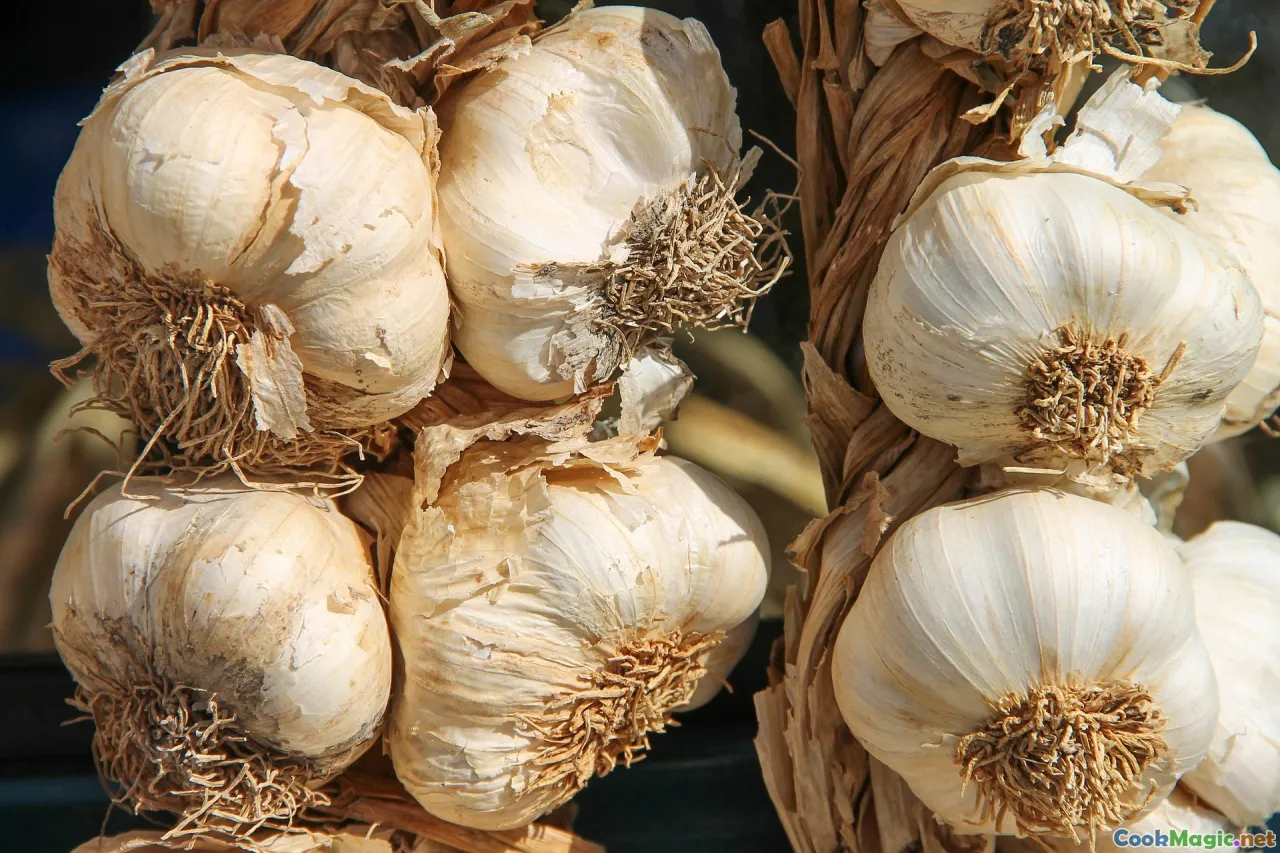
A Sensory Dive into the Amazonian Bounty

Imagine winding through the lush canopy of the Amazon rainforest—an endless mosaic of emerald green interrupted only by bursts of color from exotic fruits ripe for the pick. In this verdant world, nature writes its own culinary poetry, offering fruits that sing with flavor, aroma, and history—elements that have profoundly shaped the cuisine of Northern Brazil.
From the succulent pulp of cupuaçu to the tart zing of açaí berries, these Amazonian gifts aren’t just ingredients—they are cultural symbols, recipes passed down through generations, and emotional anchors that connect local communities to their land. Let’s embark on a journey to explore how these fruits have infused Northern Brazilian dishes with a vibrant, untamed spirit.
The Mystique of Amazonian Fruits: Nature's Flavors and Traditions
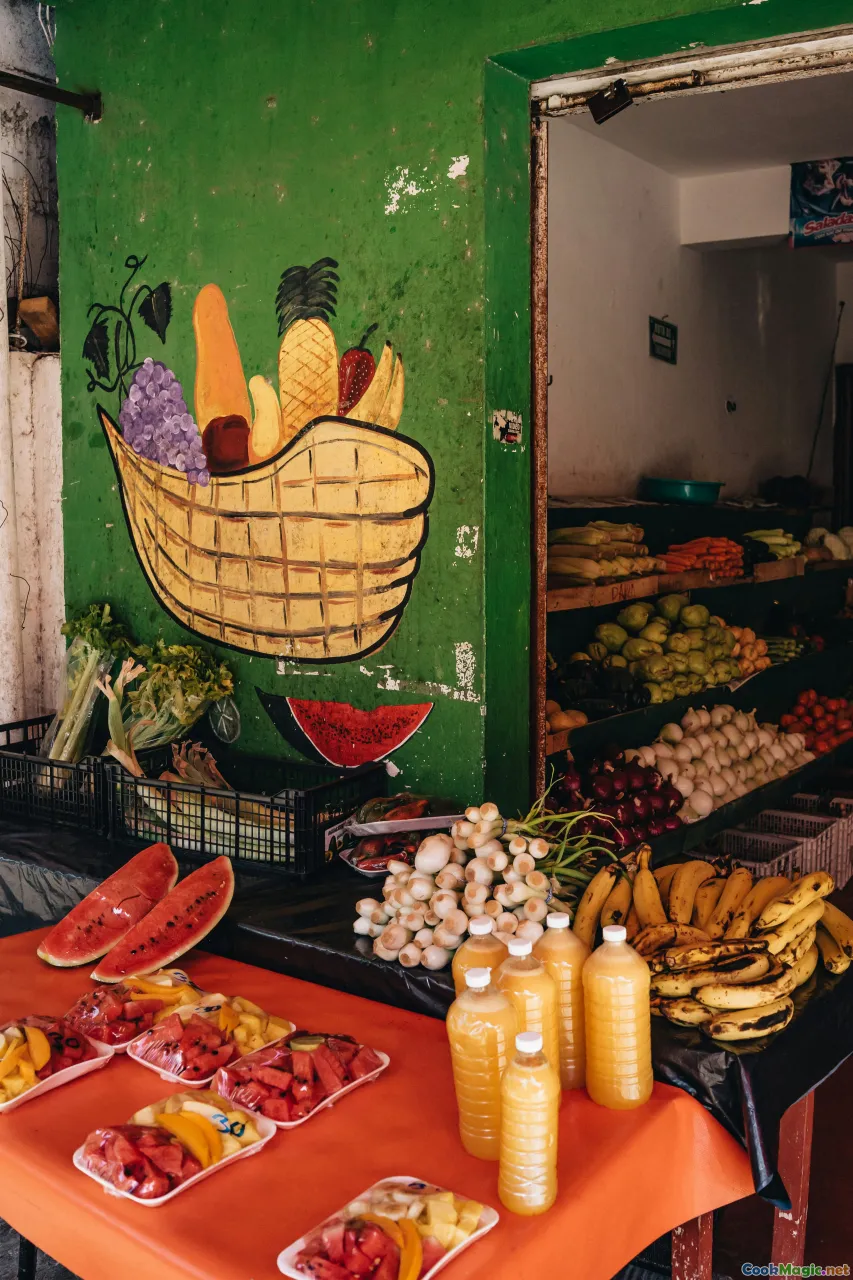
The Amazon rainforest is an unparalleled botanical treasure trove. Here, hundreds of fruit species thrive, many still largely unknown outside their native lands. These fruits are more than just sustenance—they embody centuries of indigenous wisdom and cultural identity.
For example,cupuaçu (Theobroma grandiflorum), sometimes called the Amazon’s chocolate because of its rich, complex aroma blending notes of pineapple, banana, and nut, has a history intertwined with indigenous communities who used it both as food and medicine.Açaíberries, small dark purple fruits harvested from the açaí palm, have gained international fame but remain deeply rooted in local rituals and daily life. They are traditionally consumed in bowls mixed with tapioca or banana, creating a sensory experience that combines earthiness, sweetness, and a slight bitterness—reminiscent of the rainforest’s mystery.Burahem and graviola (soursop) also hold special places, used in juices, desserts, and medicinal preparations, shaping a diet that balances flavor, nutrition, and tradition.
How Amazonian Fruits Shaped Northern Brazilian Cuisine

Northern Brazilian cuisine is a vivid tapestry woven with the threads of these fruits. Their influence is evident from street vendors selling açaí cups drizzled with local honey and granola, to sophisticated regional dishes loved in homes, markets, and festivals.
Açaí: From Jungle to Bowls
The journey of açaí from an indigenous staple to a global health phenomenon is remarkable. Traditionally, local communities would process the frozen pulp into a thick purée, then serve it topped with manioc flakes, banana slices, and sometimes despite its simplicity, it’s a feast of textures and flavors—earthy, subtly bitter, balanced by the natural sweetness of bananas.
Modern streets boast countless variations, but the essence remains—celebrating a fruit that energizes and connects people to the forest.
Cupuaçu: A Tropical Aromatic Treasure
Consider dishes like cupuaçu mousse or cupuaçu sauce served over grilled fish—these highlight the fruit’s versatile role. Its pulp’s creamy texture, coupled with its citrusy, cocoa-like aroma, adds depth to both sweet and savory creations.
A traditional pato no tucupi (duck in tucupi sauce) is another regional delicacy where the tangy, fermented tucupi (made from wild cassava) complements the floral notes of cupuaçu, creating a symphony of flavors that encapsulate the Amazon’s wild spirit.
Fruit Juices and Sweets in Local Festivities
During local festivals like the Boi Bumbá in Manaus or the Festival of Parintins, fruit-based drinks—fermented or fresh—are central. Guava, graviola, and pitanga create colorful, aromatic beverages that bring communities together, evoke nostalgia, and celebrate the rainforest’s bounty.
Personal Stories: Fruit as Cultural Identity
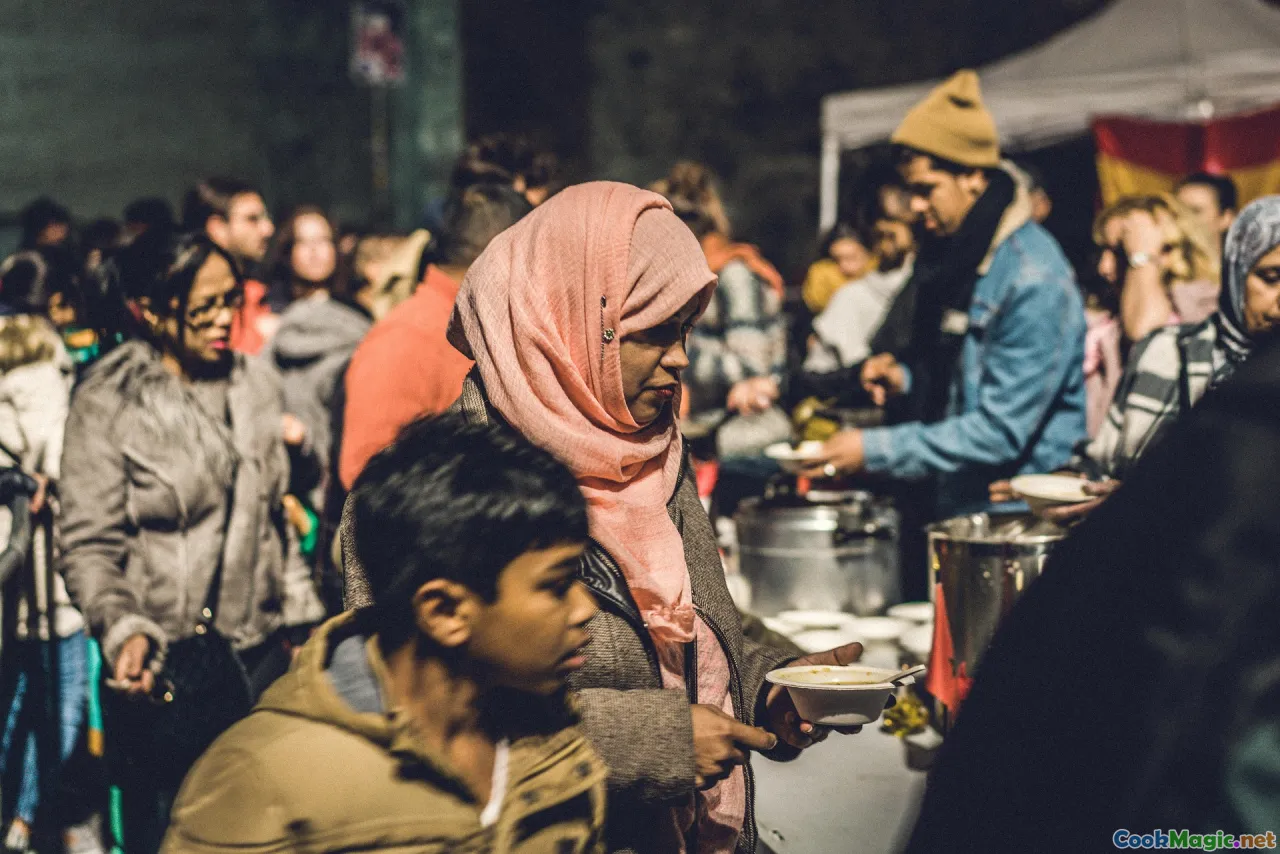
One of the most moving aspects of Amazonian fruits is their role in storytelling and identity. In many indigenous villages, elder women prepare daily doses of agouti berries mixed with tapioca or simmered in stews, whispering stories and folklore that revolve around the rainforest and its bounty.
In a small riverside community near Belém, I once observed how the local market’s vibrant stalls—filled with bright yellow soursop and shimmering purple açaí—are repositories of heritage. These fruits are symbols of resilience, embodying a deep respect for the forest that sustains them.
Their uses extend beyond taste; they are woven into rituals, dances, and celebrations, reminding us that food in the Amazon isn’t just nourishment—it's a living, breathing part of cultural expression.
Ways to Incorporate Amazonian Fruits into Your Cooking
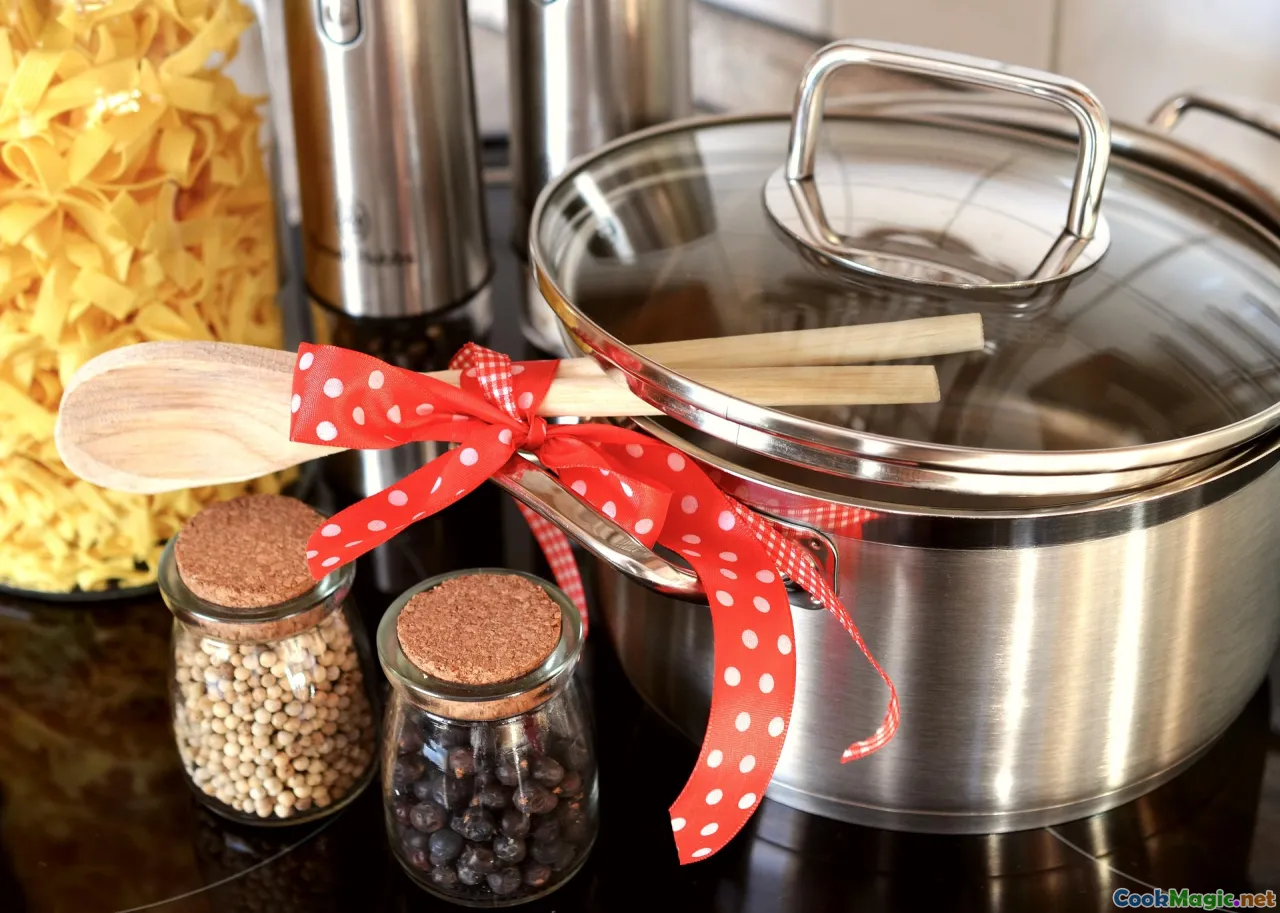
Bringing a taste of the Amazon into your kitchen is easier—and more inspiring—than you might think. Here are some tips and ideas:
- Start with frozen pulp: Many Amazonian fruits like açaí and cupuaçu are available frozen, making it simple to incorporate into smoothies, sauces, or desserts.
- Create fruit-based sauces: Use cupuaçu or graviola to craft tangy dressings or toppings for grilled meats and fish.
- Experiment with drinks: Blend açaí with bananas and a splash of cassava juice for a traditional bowl or create refreshing cocktails highlighting local flavors.
- Utilize indigenous herbs and spices: Pair these fruits with native ingredients like tucupi (fermented arrowroot juice) and urucum (achiote seed) to echo authentic flavors.
A Sample Recipe: Amazonian Fruit Bowl
Combine frozen açaí pulp, a ripe banana, a splash of guaraná syrup, and a few ice cubes. Blend until smooth, pour into a bowl, and top with granola, sliced papaya, and a drizzle of honey—savor the taste of the rainforest with every spoonful.
The Future of Amazonian Fruits in Contemporary Cuisine
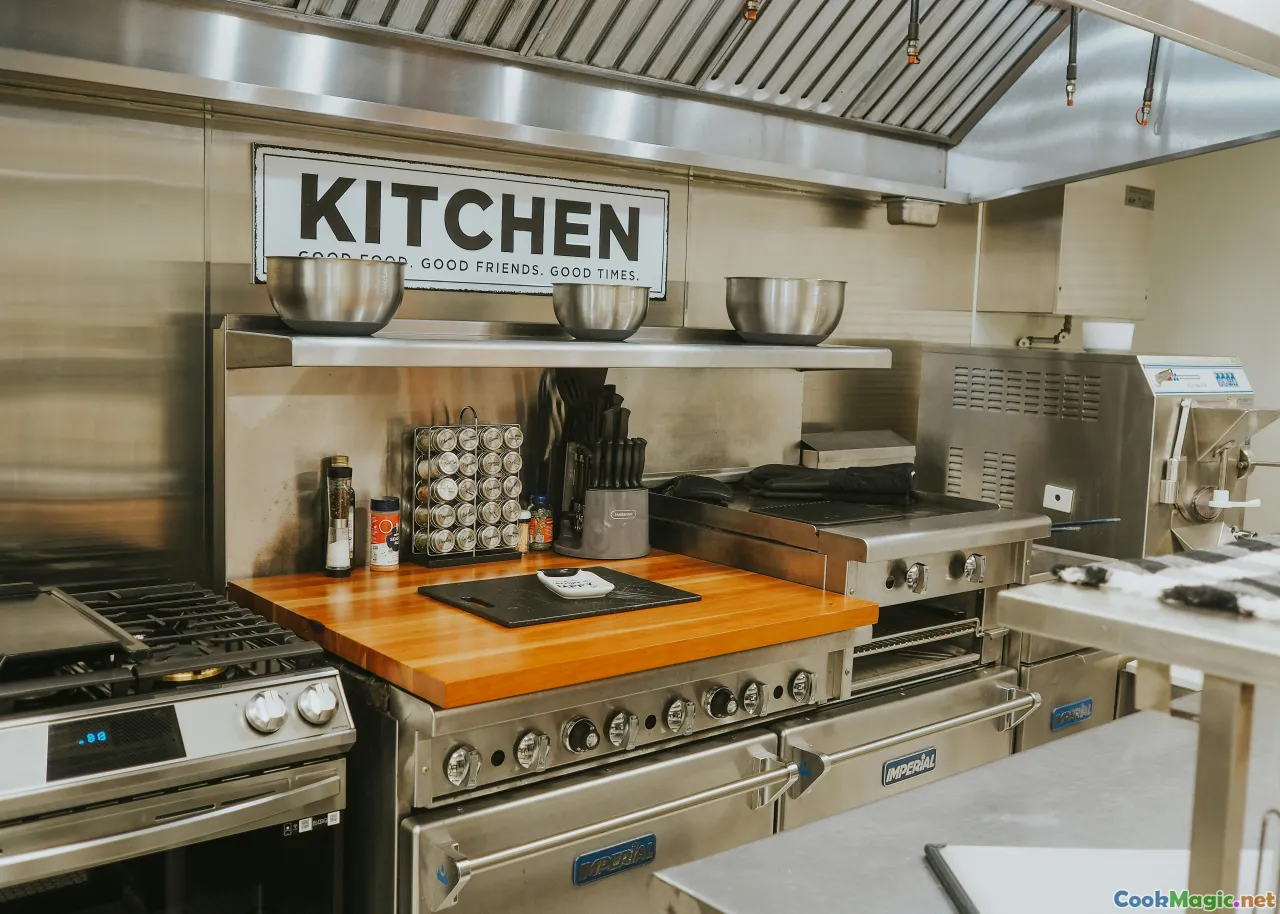
As global interest in superfoods and indigenous ingredients grows, Amazonian fruits are gaining recognition beyond Brazil’s borders. Chefs in Michelin-starred restaurants now experiment with cupuaçu ganaches and açaí-centered desserts, elevating these ingredients from traditional dishes to culinary artistry.
However, this progress must be balanced with sustainability. Indigenous communities are advocating for fair harvesting practices, ensuring that their cultural heritage and natural resources are protected.
In the wider culinary world, Amazonian fruits challenge us to think beyond familiar flavors, encouraging innovation that respects tradition while embracing modernity. Their natural sweetness, complex aromas, and story-rich histories make them essential threads in the tapestry of modern cuisine inspired by the rainforest.
Embracing the Forest’s Flavors
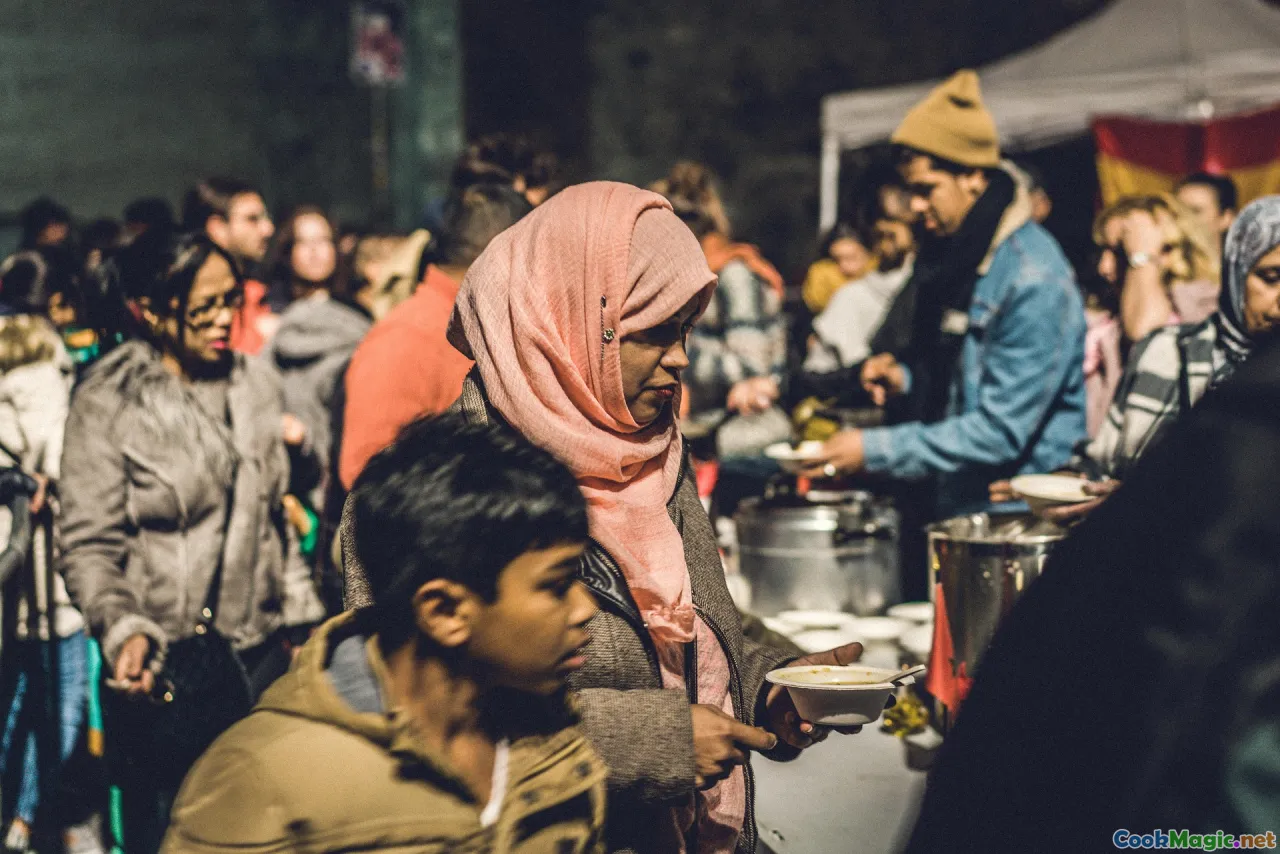
The Amazon’s fruits are more than ingredients—they are a testament to a rainforest that sustains, inspires, and continues to surprise culinary explorers. By embracing these flavors, we honor the history, culture, and ecological richness of the Northern Brazilian landscape.
So whether you’re blending an açaí smoothie in New York or sharing a cup of guava juice in a small village along the Rio Negro, remember: each bite connects you to a vibrant, living ecosystem brimming with stories, tradition, and flavor. The rainforest’s bounty beckons us to savor its treasures—one fruit, one dish, one story at a time.









